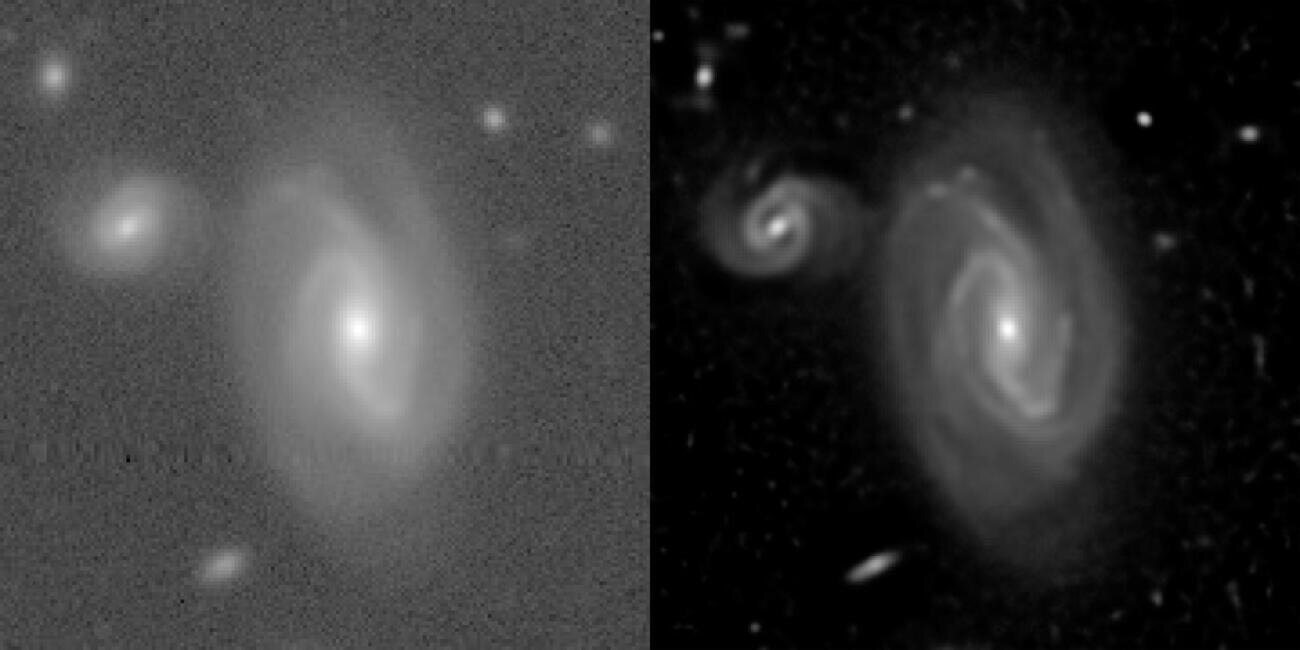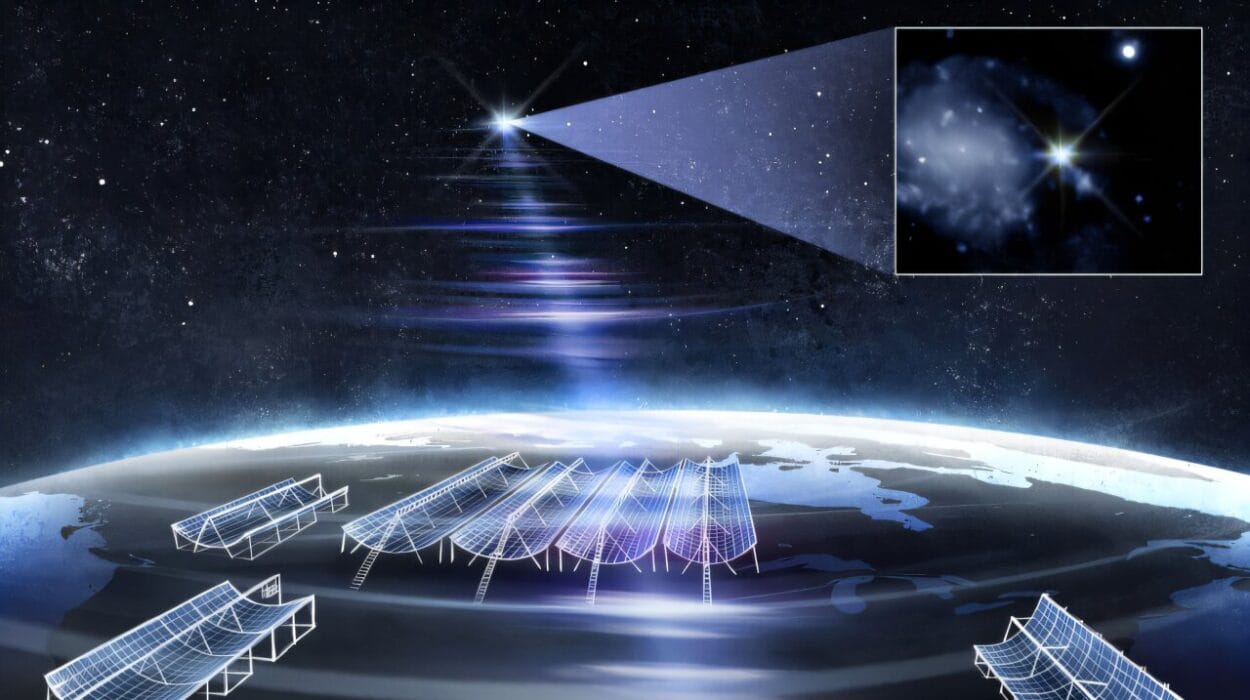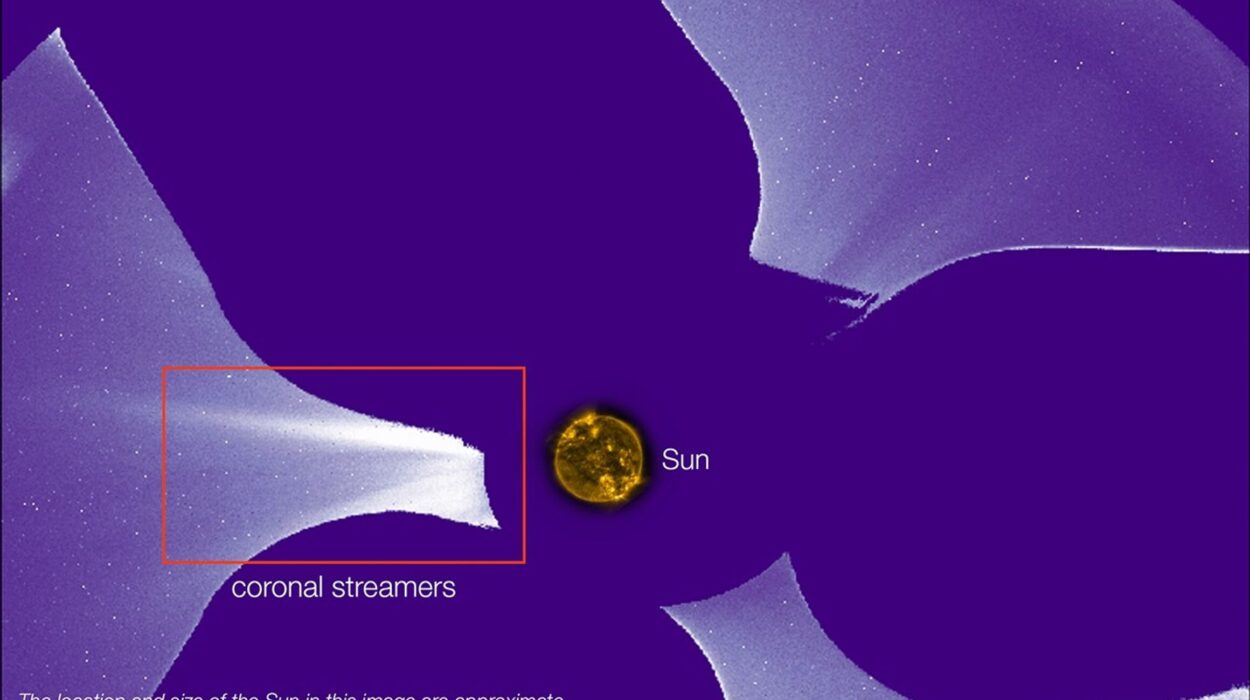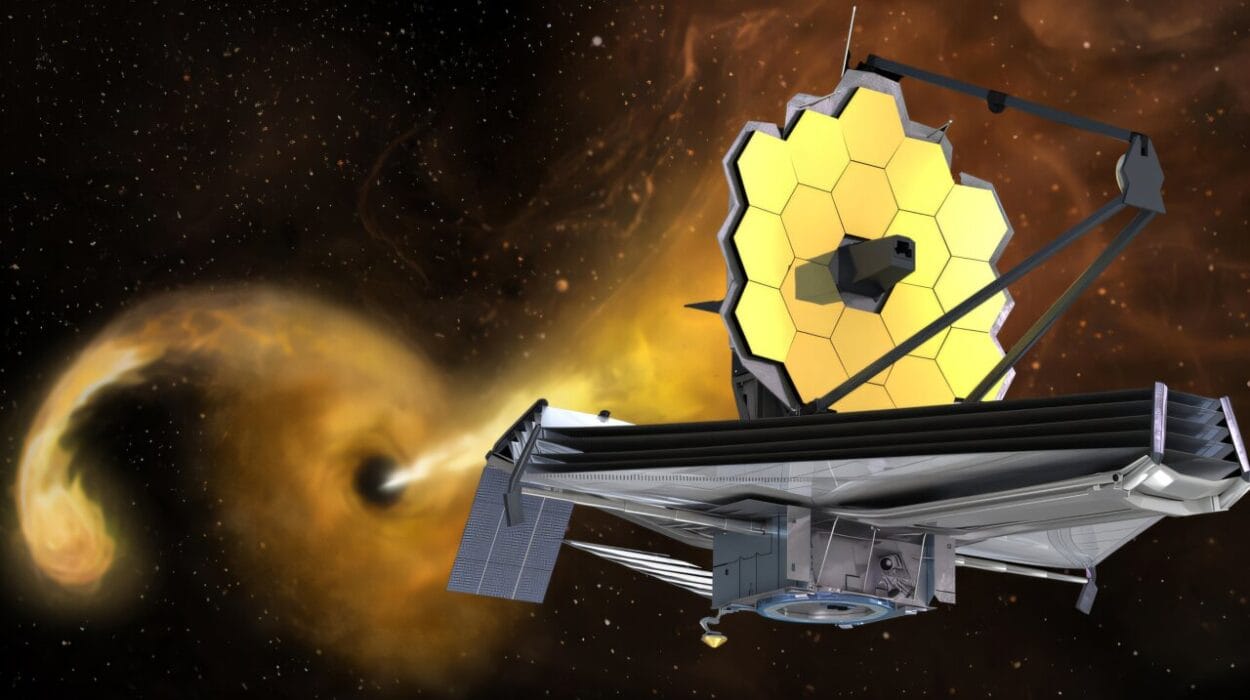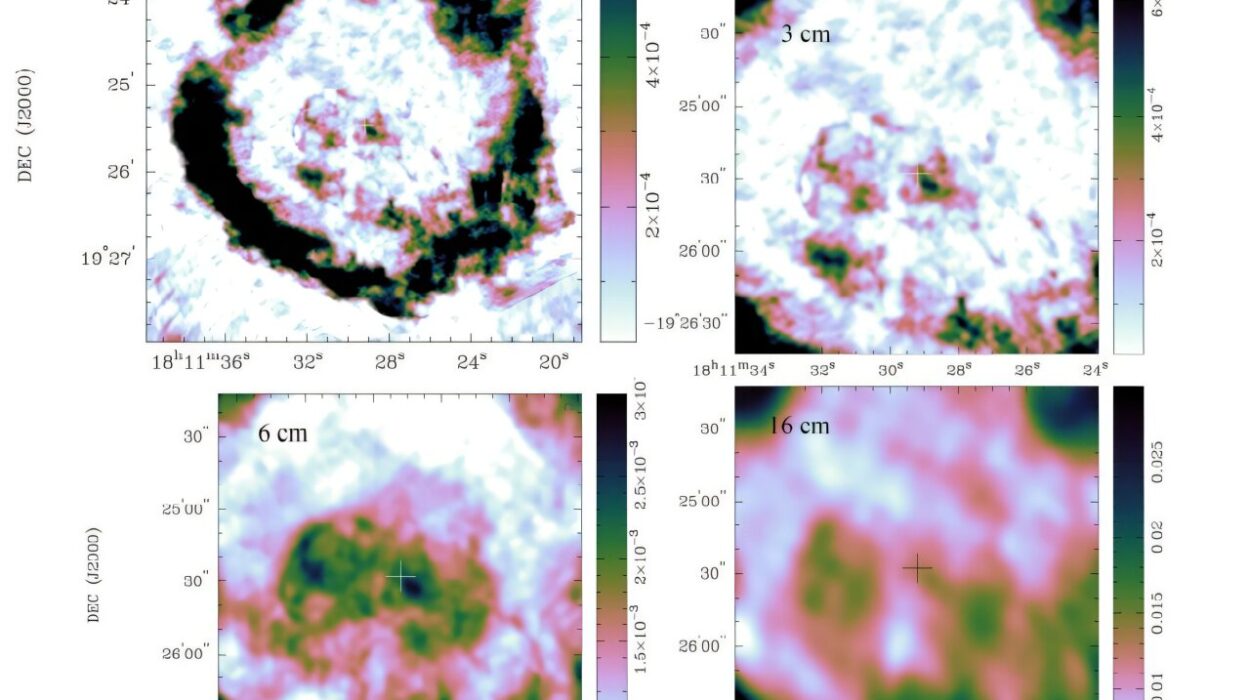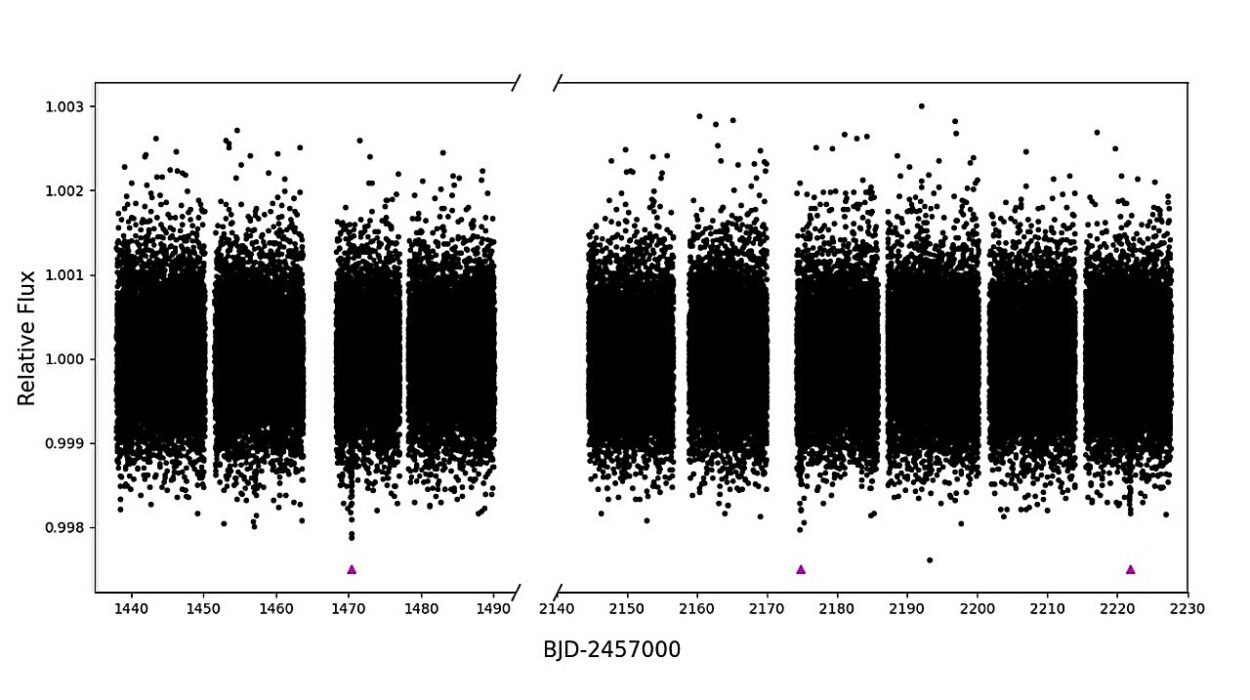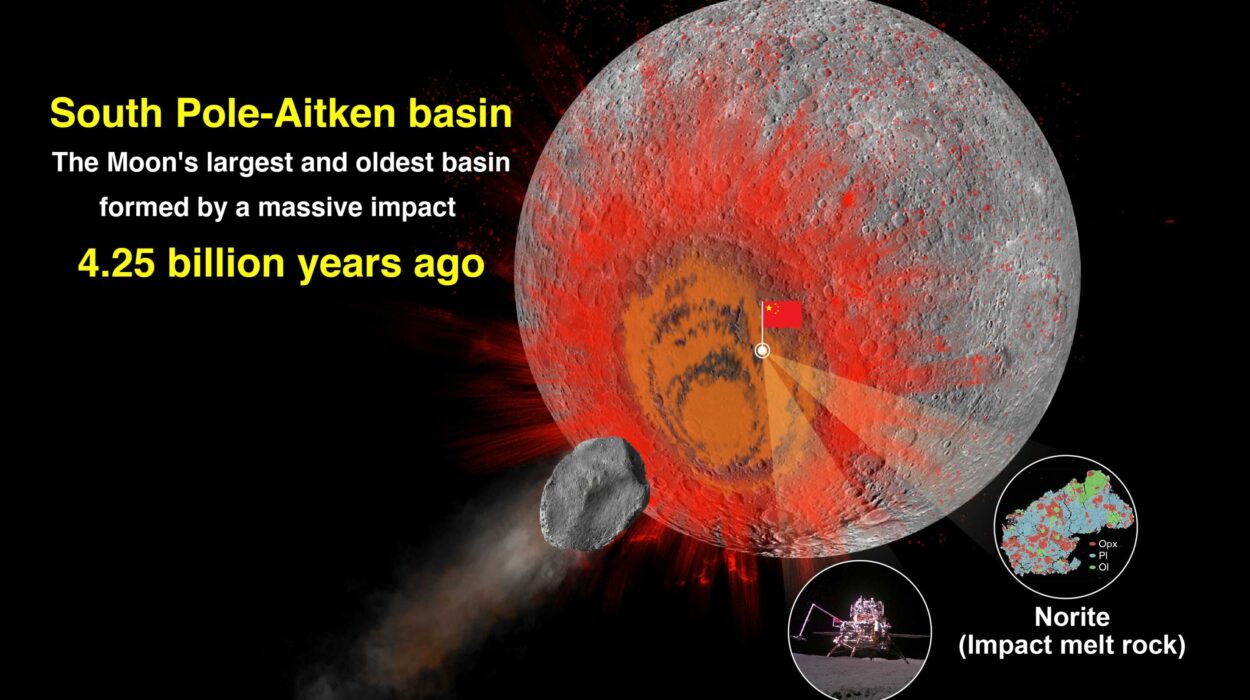For as long as humanity has lifted its eyes to the heavens, the atmosphere that makes life on Earth possible has also blurred our view of the stars. The night sky twinkles beautifully to the naked eye, but for astronomers, that shimmer is a distortion. Tiny fluctuations in temperature, pressure, and density across Earth’s atmosphere bend and scatter light waves from distant galaxies before they ever reach a telescope’s mirror. Even with today’s most advanced ground-based observatories, these distortions make faint galaxies smudge into hazy blots and erase the delicate structures needed to decode cosmic history.
Space telescopes like Hubble and the upcoming James Webb Space Telescope circumvent this problem by orbiting above the atmosphere. They offer breathtaking clarity but at immense financial and logistical cost. They also face an unavoidable limitation: they can only capture small patches of the sky at a time. In fact, over more than three decades, Hubble has imaged just about 0.1% of the sky. For mapping the universe on a grand scale, Earth-based telescopes remain our best hope—if only we could free them from the shackles of atmospheric blur.
That is where a group of applied mathematicians and astronomers at Johns Hopkins University stepped in, armed not with bigger mirrors or taller mountaintops, but with algorithms.
A New Way to Clear the View
The team, led by astronomer and mathematician Tamás Budavári, has unveiled a breakthrough technique that allows ground-based telescopes to produce images nearly as sharp as those captured in space. Their innovation, published in The Astronomical Journal, doesn’t rely on costly new hardware but on reimagining how data itself is processed.
The solution is called ImageMM. At its core lies an elegant mathematical strategy known as the Majorization–Minimization (MM) method. Johns Hopkins mathematician Yashil Sukurdeep, who developed the algorithm, likens the problem to peering through a restless curtain. “The atmosphere is constantly shifting, like ripples on fabric,” he explains. “Our algorithms learn to see past that curtain, reconstructing the still, sharp image hidden behind it.”
Unlike traditional image-processing techniques, which often sharpen one part of a picture at the expense of introducing graininess elsewhere, ImageMM carefully models how light from celestial objects interacts with ever-changing layers of air. By simulating this process, it effectively reverses the blur, revealing fine details without adding false artifacts.
First Tests: Galaxies in Unprecedented Detail
The team tested ImageMM on data from the Subaru Telescope in Hawaii, one of the largest and most powerful observatories on Earth. The results were striking. Within seconds, the algorithm transformed blurry exposures into images where spiral arms of galaxies appeared crisp and intricate, where faint stars emerged from the haze.
This isn’t just about producing prettier astrophotography. The clarity ImageMM provides has direct implications for science. Subtle distortions in galaxy shapes—caused by dark matter bending the path of light across the cosmos—hold critical clues about the universe’s unseen scaffolding. Detecting and analyzing these distortions requires sharp, noise-free images. As Budavári emphasizes, “When it comes to billion-dollar ground-based observatories, gaining even just a small degree of depth and quality improvement from those observations can be huge.”
A New Era for Cosmic Cartography
One of the most exciting applications of ImageMM is with the Vera C. Rubin Observatory, set to begin operations in Chile. Unlike space telescopes that stare at small regions of the cosmos, Rubin will repeatedly scan the entire visible sky, generating an ocean of images that track the evolving universe. Its mission is nothing less than to map billions of galaxies and probe the dark matter and dark energy that shape cosmic expansion.
With ImageMM, Rubin’s images could come close to space-telescope quality while covering vastly larger areas. That means hundreds of millions of sharp images of galaxies, supernovae, star clusters, and faint cosmic structures—all within reach from Earth.
The technique is not limited to future surveys. It can be applied retroactively to archival data from existing telescopes, rescuing details from images once considered too noisy or blurred. This creates an extraordinary opportunity: a treasure trove of clearer cosmic pictures hidden in decades of observations, waiting to be revealed.
Why Image Clarity Matters
At first glance, the benefits might seem aesthetic: crisper spirals, brighter stars, more breathtaking portraits of the night sky. But in cosmology, precision imaging goes far beyond beauty. Accurately measuring galaxy shapes and brightness is central to unraveling the mysteries of dark matter and dark energy, which together make up about 95% of the universe.
Dark matter, invisible to telescopes, reveals itself only through its gravitational pull, subtly distorting the light of galaxies behind it. Dark energy, even more mysterious, accelerates the expansion of the cosmos. To understand these forces, astronomers must detect the faintest distortions, compare countless galaxies, and trust that the images they analyze reflect reality rather than atmospheric noise.
ImageMM provides a clearer, more faithful dataset. As Sukurdeep explains, “Our framework can recover a near-perfect image from a series of imperfect observations. We’ll never have ground truth, but this is as close as it currently gets to perfect.”
The Human Drive Behind the Discovery
Behind the mathematics lies a deeply human story: the relentless desire to see more clearly, to understand our place in the cosmos. Since the first astronomers polished crude lenses in Renaissance Europe, humanity has been at war with blur. Every improvement in clarity—from Galileo’s telescope to Hubble’s launch—has redrawn our cosmic map and reshaped our sense of wonder.
Budavári and Sukurdeep’s work continues that tradition. It is a reminder that sometimes revolutions in science come not from towering machinery or billion-dollar rockets, but from fresh ideas and persistence. Algorithms may seem abstract, but their impact is tangible: a window into galaxies billions of light-years away, a sharper picture of the universe’s birth and fate.
The Promise Ahead
While no algorithm can entirely erase the atmosphere, ImageMM represents a giant step toward leveling the playing field between Earth-based and space-based astronomy. It brings us closer to a future where massive surveys from the ground can deliver the depth, detail, and fidelity once thought possible only in orbit.
And as with many breakthroughs, the implications stretch beyond astronomy. Techniques that sharpen faint cosmic signals could one day be adapted for medical imaging, climate monitoring, or even photography. The restless curtain that blurs our vision of the stars is also a metaphor for countless challenges where clarity lies hidden behind noise—and where human ingenuity can part the veil.
A Clearer Universe
In the end, ImageMM is not just a computational tool. It is an invitation to see more of the universe, to reveal beauty and structure that was always there but hidden by the shimmer of air. It is a reminder of the partnership between mathematics and astronomy, between human imagination and cosmic truth.
Every sharpened galaxy, every crisp star cluster, is more than a scientific dataset—it is a gift of perspective. When we sharpen our view of the sky, we also sharpen our sense of belonging in it. And perhaps that is the deepest purpose of astronomy: not only to chart the cosmos, but to connect us more deeply with the infinite expanse that has always called to us from above.
More information: Yashil Sukurdeep et al, ImageMM: Joint Multi-frame Image Restoration and Super-resolution, The Astronomical Journal (2025). DOI: 10.3847/1538-3881/adfb72. iopscience.iop.org/article/10. … 847/1538-3881/adfb72
